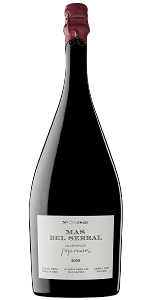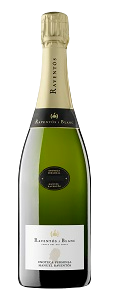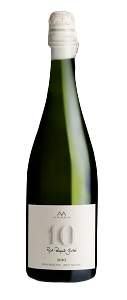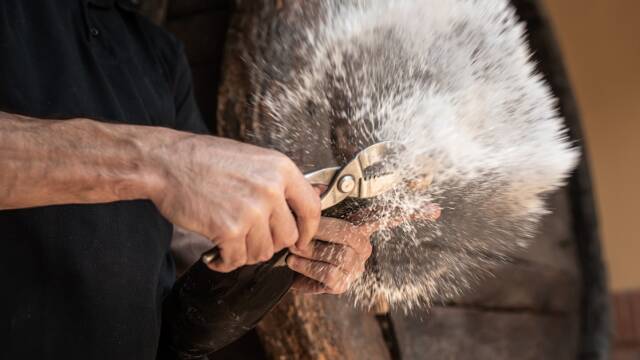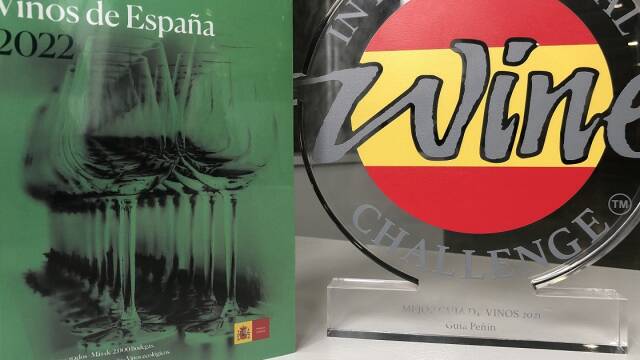This is the winery that, in our opinion, has made the greatest contribution to the conception of the most local, down-to-earth cava. This is a winery that focused its efforts on highlighting the virtues of its origin, when many thought that in a wine so influenced by the method of production, it was unlikely to be able to convey the essence of a place. Ton Mata is responsible for this, his work in this family winery has been essential to undertake the difficult challenge of expressing an origin in a wine with a second fermentation in the bottle and with long ageing in each bottling, which in the eyes of some may detract from the vineyard in favour of the expression of time in the bottle.
The Turo d'en Mota is already in its own right a little piece of land that has been able to give meaning to the concept of "paraje", because under this name not only a specific landscape has been bottled, but a landscape at a specific moment in time. It is the closest thing to a published landscape photograph, a detailed representation of what a particular land is capable of giving. The style of this house plays with the traditional dryness and fine bitterness classic of Catalan sparkling wines, and does so with subtlety and with freshness and local character, the three best ingredients we can think of for a sparkling wine.

 Log in
Log in


